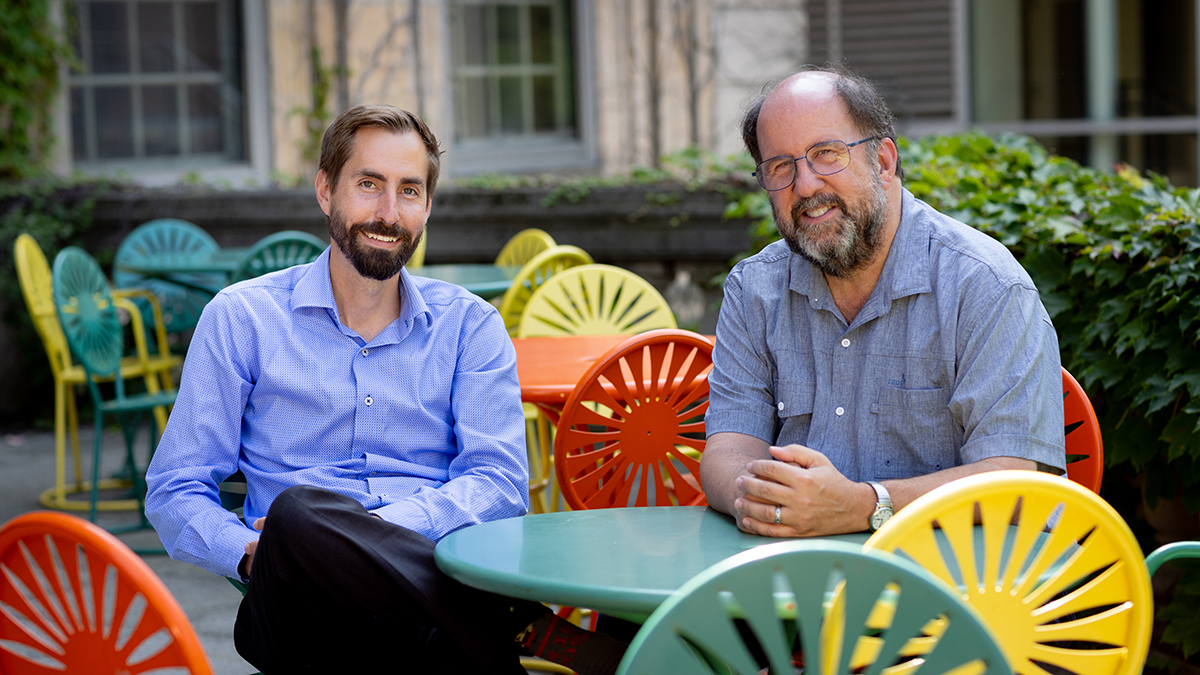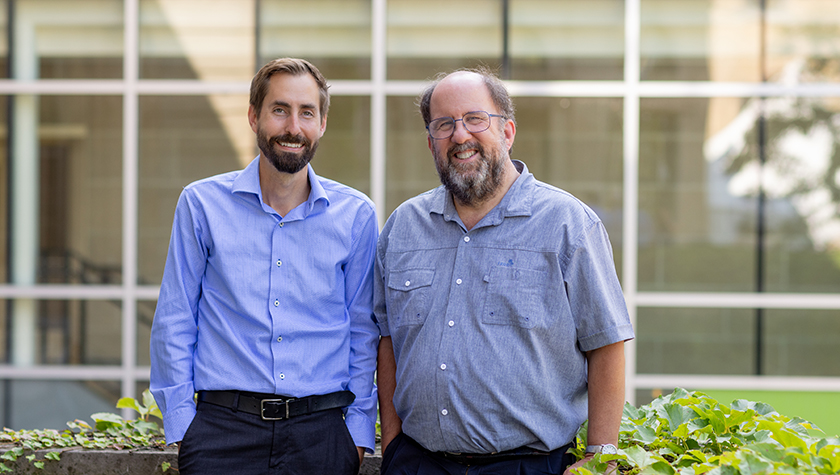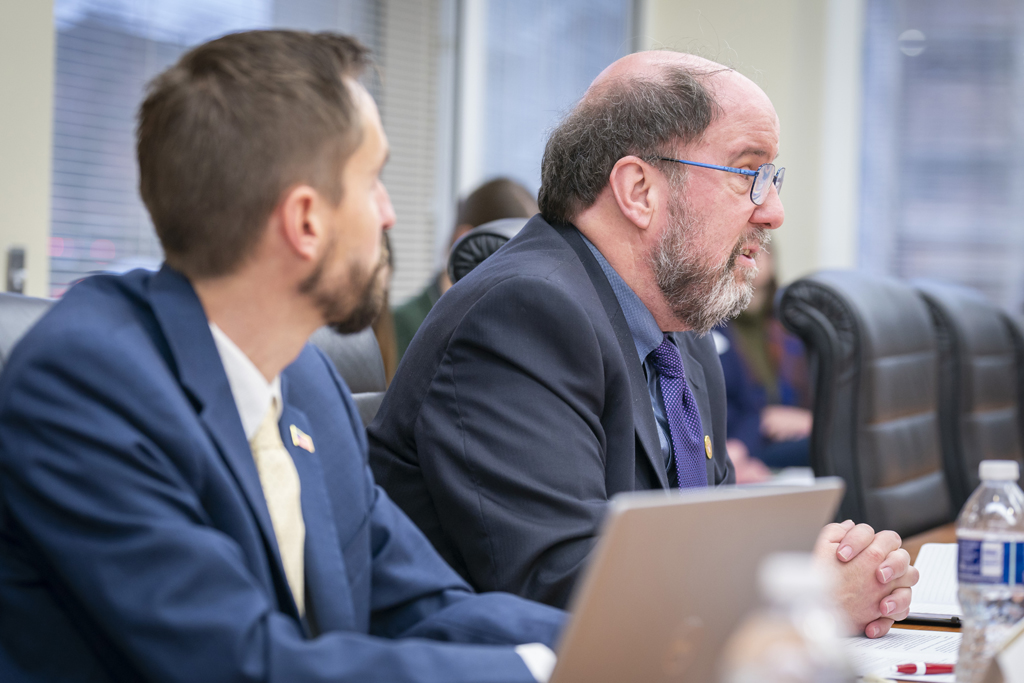
Wisconsin Opioid Overdose Response Center Receives Grant Extension to Expand Pharmacy-Based Solutions to the Overdose Crisis
Housed in the University of Wisconsin–Madison School of Pharmacy, the Wisconsin Opioid Overdose Response Center (WOORC) will continue for another year its life-saving work to reduce opioid deaths after receiving a no-cost extension of the federal grant from the U.S. Substance Abuse and Mental Health Services Administration.
“We plan to do additional work that will increase the capacity of pharmacists to provide education to prescribers about buprenorphine, the first prescription medication to treat opioid use disorder,” says Jay Ford, a faculty co-founder and director of WOORC. “We also will support pharmacies that are trying to expand their services to offer long-acting injectable medications for opioid use disorder (OUD).”
The first center of its kind in the nation, WOORC was established in January 2025 with federal funding to empower pharmacists in Wisconsin to implement harm reduction services, educate communities about naloxone and fentanyl, and encourage prescribers to provide medications for OUD.
“Our approach to focus on community pharmacies and their staff to deliver critical, forward-thinking public health and patient safety solutions […] is effective and could be a model for other states.”
–Cody Wenthur
In its first year, WOORC made major strides in supporting a sustainable community pharmacy network to deliver evidence-based interventions to curb opioid overdoses statewide. The center has provided resources directly to more than 4,600 individuals across Wisconsin and worked with over 75 community pharmacies to distribute fentanyl and xylazine test strips, mail-back envelopes, and educational materials on reducing overdose risks to reach more than 185,000 Wisconsinites.
“Our approach to focus on community pharmacies and their staff to deliver critical, forward-thinking public health and patient safety solutions, especially in the context of opioid overdose prevention and treatment for opioid use disorder, is effective and could be a model for other states,” says Cody Wenthur, a faculty co-founder and director of WOORC.
In addition to expanding harm reduction services, WOORC has already made an impact in the areas of naloxone outreach and dispensing, treatment expansion, community-based education, and research:
- Provided naloxone and drug testing supplies to clinics serving low-income patients and veterans and coordinated pharmacist outreach to Veterans Affairs patients, resulting in a naloxone uptake rate of 81%
- Increased access to training on long-acting injectable (LAI) medications for pharmacists and supported launch of LAI medications to treat OUD in underserved areas
- Disseminated multi-lingual educational materials on naloxone, illicit fentanyl, and OUD medications for patients and pharmacies and distributed naloxone kits and drug-testing supplies
- Advanced pre-clinical development of anti-opioid vaccines, including antibodies targeting multiple synthetic opioid classes
As a founding partner of WOORC, the Pharmacy Society of Wisconsin (PSW) has been a key collaborator in implementing a wide variety of initiatives.
“WOORC was born out of the urgency of fentanyl’s devastating impact, and thanks to this partnership, we’ve equipped pharmacy professionals with more tools and knowledge to serve their patients. PSW remains committed to supporting pharmacy teams with resources, education, and ongoing guidance,” says Kate Hartkopf, PSW director of team-based care strategies.
The current federal funding extension for WOORC will last until the end of September 2026.

